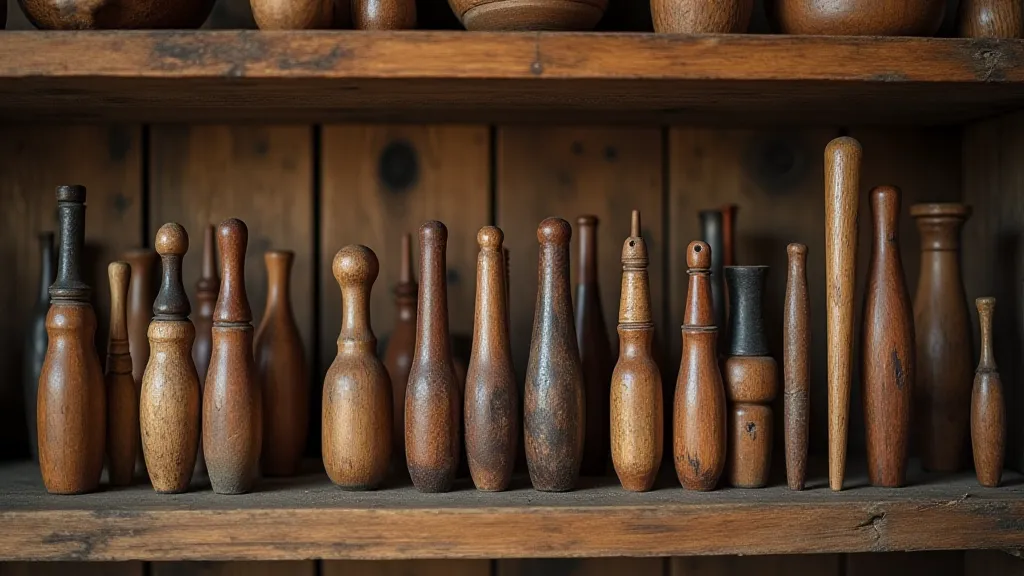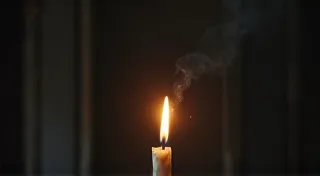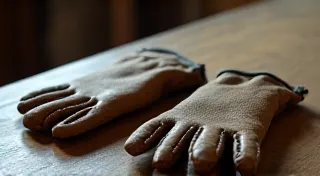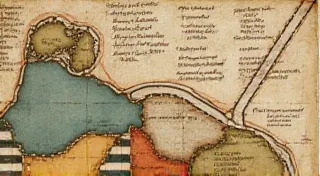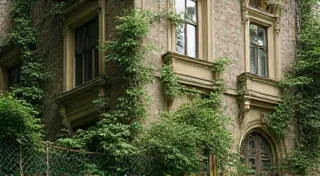Echoes in the Grain: The Language of Wood in Antique Knitting Needles
There's a quiet intimacy that settles over you when you hold an antique knitting needle. It’s more than just the smooth, worn feel of the wood; it’s the whisper of hands long gone, the echo of a craft passed down through generations. These aren’t just tools; they’re tangible links to a time when the rhythm of knitting dictated the pace of life, and the forests themselves were a vital part of that story. Focusing on the wooden needles, the most common and arguably the most evocative, we can begin to unravel the language of the wood itself – a language speaking of trees felled, skills honed, and lives interwoven with the natural world.
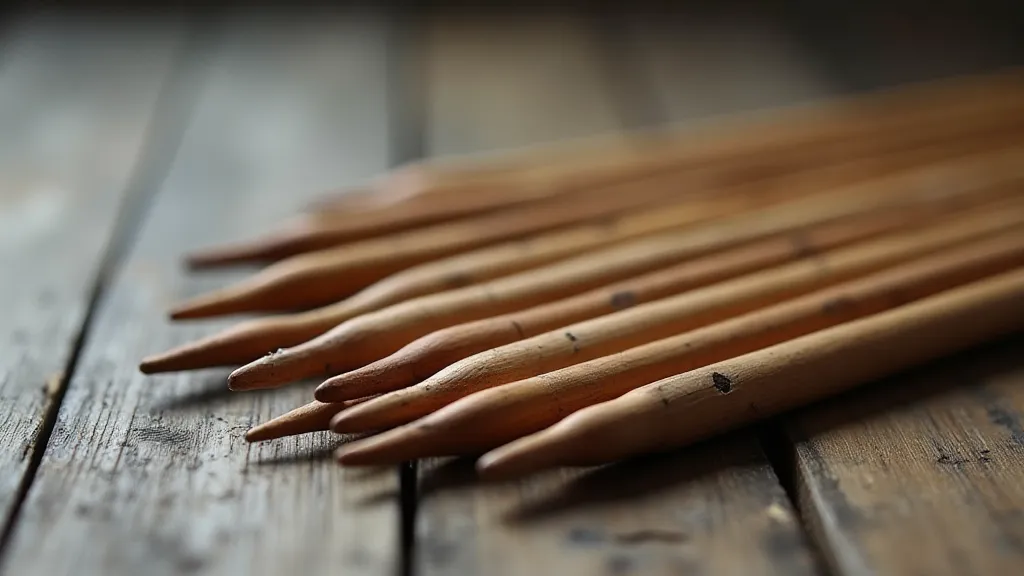
The Forest's Gifts: Common Woods and Their Characteristics
The choice of wood for knitting needles wasn’t arbitrary. It reflected both practicality and the availability of resources. Different woods possess unique qualities – strength, flexibility, weight, and of course, the beautiful grain patterns that so captivate collectors. While a full catalog of woods used would be extensive, a few key varieties stand out. The history of how crafting tools like knitting needles evolved and the innovations driving that evolution is fascinating; one could delve deeper into The Weaver's Compass: How Needles Guided the Craft’s Evolution to trace that journey.
Rosewood, for instance, was highly prized, especially in the 18th and 19th centuries. Its deep reddish-brown hue and subtle fragrance made it a luxurious choice. It’s dense and durable, lending a satisfying heft to the needle. Unfortunately, the increasing rarity of sustainably harvested rosewood means antique examples are becoming even more cherished. The warmth of the wood feels almost alive in your hands, a testament to its inherent vitality.
Boxwood, particularly popular in England, offered a beautiful creamy-yellow color and a fine, even grain. It’s dense and strong, capable of withstanding considerable pressure during knitting. Holding a boxwood needle, you feel a sense of refined elegance, imagining the hands of a skilled artisan carefully shaping it.
Fruitwoods - apple, cherry, pear – were also frequently used. These woods tend to be lighter in color, often with attractive grain patterns. The scent, though faint, can occasionally linger, offering a subtle reminder of the orchard from which the tree originated. My grandmother, a passionate knitter, had a set of pear wood needles, and the faint fruity aroma always transported me back to her cozy kitchen.
And then there’s the ubiquitous holly. Readily available in many regions, holly offered a pale, often mottled appearance. While not as visually striking as some other woods, it provided a dependable and affordable option for a wide range of knitters.
The Art of Shaping: A Craftsman's Touch
It's easy to take a perfectly formed knitting needle for granted, but the process of shaping them was a skill in itself. Early needles weren't produced by machinery. Instead, they were crafted by hand, often using simple tools – drawknives, spokeshaves, and rasps. The marks left by these tools are often visible upon close inspection – subtle striations that tell a story of focused labor and practiced expertise.
The tapering of the needle, the gradual transition from a rounded handle to the sharp point, was a critical aspect of their design. An uneven taper could make knitting uncomfortable or even impossible. A truly skilled craftsman understood the importance of balance and ergonomics, creating needles that felt natural and intuitive in the hand. The intricacies of how these seemingly simple tools resonated within a community's history—the sounds they made, the stories they told—are complex; it's a subject worthy of deeper exploration, potentially leading one to Needle’s Resonance: Sound and Sentiment in Vintage Crafting.
Looking at antique needles, you’re not just seeing a tool; you’re seeing a miniature sculpture. Each curve, each angle, is a testament to the craftsman's eye and the precision of his touch. The way the wood is smoothed, the subtle imperfections that remain – these are not flaws, but rather hallmarks of authenticity and artistry.
Dating and Identification: Subtle Clues in the Grain
Dating antique knitting needles can be a challenge, as they rarely bear maker's marks. However, careful observation of the wood and construction can offer valuable clues. The type of wood used is a starting point, as the popularity of different woods fluctuated over time. The style of the point – whether it’s rounded, pointed, or tapers to a sharp point – can also provide insights.
The presence or absence of a join, where the needle is split and glued, is another important factor. Early needles were often carved from a single piece of wood, while later needles were more likely to be joined. The quality of the join – the precision of the alignment, the type of glue used – can reveal much about the maker’s skill and the era in which the needles were produced. For those drawn to the detective work of understanding these artifacts, The Collector's Labyrinth: Tracing Provenance and Building a Vintage Needle Collection offers insight into the methods used to uncover their histories.
The finish is also telling. Early needles were often finished with simple oils or waxes, while later needles might have been varnished or lacquered. The presence of a protective sleeve – often made of bone or ivory – is a sign of a more refined and luxurious set of needles.
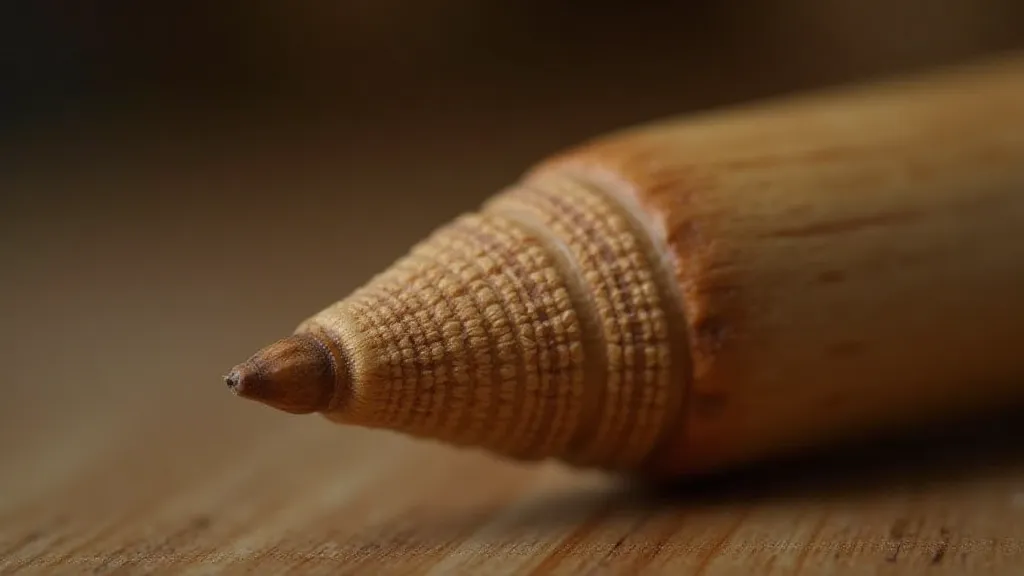
More Than Just Tools: Stories Embedded in the Wood
Antique knitting needles are more than just functional objects; they are cultural artifacts, silent witnesses to the lives of those who used them. They were part of family heirlooms, passed down from mother to daughter, grandmother to granddaughter. They were essential tools for survival, used to create clothing and blankets for families struggling to make ends meet.
Imagine the hands that held these needles – the farmer's wife knitting socks for her husband, the young girl creating a scarf for her newborn sibling, the elderly woman crafting a blanket for a loved one. Each stitch represented a moment of creativity, a gesture of love, a connection to a community.
Collecting antique knitting needles isn't just about acquiring beautiful objects; it’s about preserving a piece of history, honoring the skills of the craftspeople who made them, and remembering the lives of those who used them. It’s about listening to the echoes in the grain, and learning from the stories they have to tell. Understanding how knitting needles were distributed and used geographically—the subtle differences in design that arose in different regions—is fascinating and illustrates broader cultural trends; exploring The Cartographer of Thread: Navigating Geographic Variations in Needle Design delves into these regional distinctions.
The gentle curve of a wooden needle, the smooth feel of the wood in your hand – these are tactile links to a past where creativity, community, and connection were woven into the fabric of everyday life. And as we continue to appreciate the beauty and history of these humble tools, we keep those stories alive, ensuring that the language of wood continues to be heard for generations to come.
